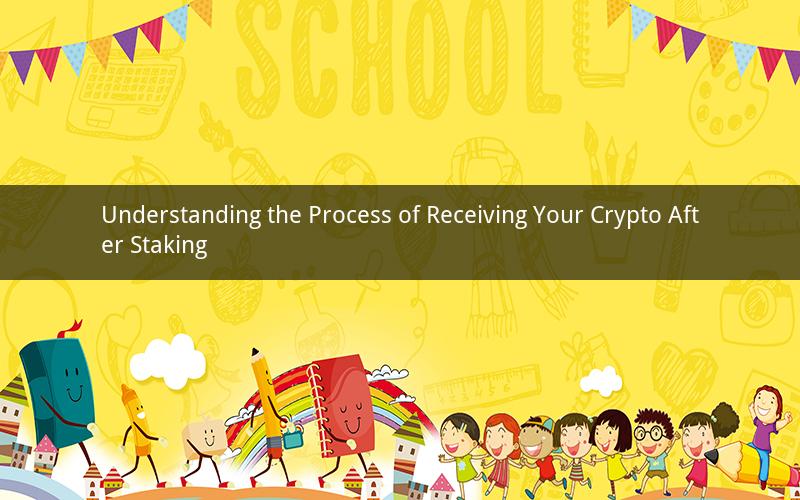
Staking has emerged as a popular method for earning passive income in the crypto world. It involves locking up your cryptocurrency in a wallet or platform to support the network and validate transactions. However, many users are often curious about the process of retrieving their staked crypto once they decide to unstake. In this article, we will explore the process of receiving your crypto back after staking, including the factors that may affect the time it takes and the potential risks involved.
1. How does the staking process work?
Staking is a way to participate in the governance of a blockchain network by locking up your cryptocurrency. When you stake your coins, you become a validator and help to secure the network by validating transactions. In return, you receive rewards in the form of additional cryptocurrency, known as staking rewards. The process generally involves the following steps:
a. Choose a staking platform: There are numerous platforms and wallets that support staking, so it's essential to research and select the one that best fits your needs.
b. Lock up your crypto: Once you've chosen a platform, you'll need to lock up a certain amount of your cryptocurrency to become a validator.
c. Wait for the locking period: Depending on the platform, you may need to wait for a specific amount of time before you can start earning staking rewards.
d. Start earning rewards: After the locking period, you'll begin to earn staking rewards, which can be reinvested to increase your earnings or withdrawn at any time.
2. When can you retrieve your crypto after staking?
The process of retrieving your staked crypto can vary depending on the platform and the cryptocurrency you're staking. Here are some factors to consider:
a. Locking period: Some platforms require you to lock up your crypto for a specific period, often referred to as the "lock-in period." During this time, you cannot retrieve your staked crypto.
b. Withdrawal fees: Some platforms may charge a fee for withdrawing your staked crypto. Be sure to check the terms and conditions of your chosen platform.
c. Network congestion: If the blockchain network you're staking on is experiencing high congestion, it may take longer to retrieve your crypto.
3. How long does it take to retrieve your crypto after staking?
The time it takes to retrieve your staked crypto can vary significantly depending on the platform and the blockchain network. Here are some factors that can affect the duration:
a. Platform processing time: Some platforms may take longer to process withdrawal requests, especially if they are experiencing high demand.
b. Blockchain confirmation time: Once you submit a withdrawal request, the blockchain network must confirm the transaction. This process can take anywhere from a few minutes to several hours, depending on the network's congestion.
c. Network transaction fees: Higher transaction fees can speed up the confirmation process, but they may also increase the overall cost of withdrawing your crypto.
4. Are there risks involved in retrieving your crypto after staking?
While staking can be a lucrative way to earn passive income, there are some risks to consider when retrieving your staked crypto:
a. Market volatility: The value of your staked crypto may fluctuate significantly, affecting the amount you receive when you withdraw.
b. Platform reliability: If the platform you're using to stake your crypto becomes unreliable or goes out of business, you may have difficulty retrieving your funds.
c. Security concerns: Staking involves locking up your cryptocurrency, which can make it more susceptible to theft or loss. Be sure to use a secure wallet and take appropriate precautions to protect your assets.
5. How can you ensure a smooth process for retrieving your crypto after staking?
To ensure a smooth process for retrieving your staked crypto, consider the following tips:
a. Research and choose a reputable platform: Select a platform with a strong track record of reliability and security.
b. Understand the terms and conditions: Make sure you're aware of the locking period, withdrawal fees, and any other terms and conditions associated with your chosen platform.
c. Keep your private keys secure: Never share your private keys with anyone, and use a secure wallet to store your staked crypto.
d. Monitor the market: Stay informed about market trends and fluctuations to make informed decisions about when to withdraw your staked crypto.
In conclusion, retrieving your crypto after staking can be a straightforward process if you choose the right platform and take appropriate precautions. By understanding the process, being aware of the risks, and following best practices, you can maximize your earnings and ensure a smooth experience when it's time to retrieve your staked crypto.